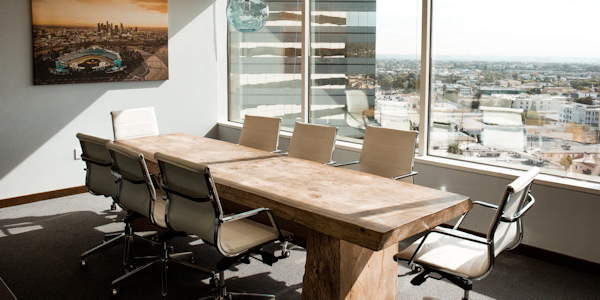Apart from the obvious answer that solutions like Clorox Total 360 have become a go-to (because they kill COVID-19), some of the biggest changes in the cleaning industry have been a bit more hands-on.
In the past it was typical for some businesses to stick with a weekly cleaning routine, where janitorial crews came through to clean floors, remove trash, and disinfect surfaces. Some businesses opted for a bi-weekly or monthly deep clean.
These days, businesses have acknowledged the need to step it up.
In fact, the CDC’s website points out that high traffic areas should really be cleaned daily. The caveat to that of course is that no one suspected (or confirmed) to have COVID-19 has been in the facility that day. Where the latter is the case, the CDC recommends immediate disinfection to prevent the spread.
Other circumstances the CDC says may require a facility to be cleaned more frequently than others:
- If you notice that a fair number of those who’ve visited weren’t wearing masks
- If your space is frequented by those who are at higher risk of COVID-19, such as seniors or those with compromised immune systems
- If the area around your facility has experienced higher than usual numbers of outbreaks
- If those attending the facility don’t readily have a way to wash/disinfect their hands, such as sinks with soap and water, or hand sanitizer dispensers.
Determining How To Properly Disinfect Your Facility
While our Clorox Total 360 solution does a great job of disinfecting all surfaces over a large area, as the name implies, it’s always a good idea as a facility manager to consider what the highest traffic areas are. Or more specifically, ask yourself:
- Are there areas staff or customers tend to touch or rest their hands and arms on? (Such as counters)
- Do your staff or regular customers have asthma? (Some common disinfection solutions can trigger or aggravate asthma.)
- Which types if surfaces comprise the majority of your facility? Tile floors, carpeting, drapes, area rugs, etc. The methods of ideal disinfection may vary depending on the materials that need cleaning.
- Where are the outdoor touch surfaces? Whether plastic, wooden, or metallic, they should be disinfected daily or repeatedly throughout the day.
Ask any cleaning company about the cleaners they use to ensure they are in compliance with the list of EPA List N that are both deemed safe and approved effective against COVID-19.
We regularly update our protocols to remain in-line with these types of guidelines, and are happy to discuss that with you.
Good General Rules To Follow Regarding COVID-19 Cleaning
The first bit is related to a point we raised above: if it’s been less than 24 hours since someone with COVID-19 symptoms has been in the space it’s important to disinfect immediately.
If it’s been over 24 hours since a symptomatic person has been in the space, cleaning should be sufficient without having to worry about major disinfection.
Once it’s been over 3 days since a symptomatic person has been around, you should be ok with your regular cleaning routine with nothing special added.
* This is per the CDC.
How COVID Changed Residential Cleaning Just As Much:
People are thinking more about spreading illness everywhere they are, sure. But it’s not just about families and leisure anymore when it comes to the home.
When the home becomes a work space, particularly when there are team members or potential clients stopping by for meetings, the cleanliness of that space takes on a whole new priority — and a justifiable business expense.
ZipRecruiter has projected a 75% increase in demand for cleaning services, based on what the organization has observed about jobs in the last year.
Green cleaning services aren’t new at this point, but there’s certainly been a renewed focus on them with how much more frequently people are having their homes cleaned. Toxic chemicals, fumes that upset breathing conditions or allergies, or carpet cleaning that takes too long to dry are all methods that simply don’t make sense anymore.

